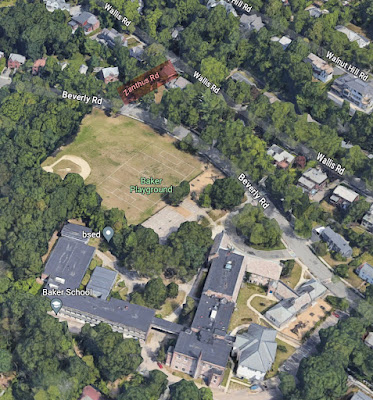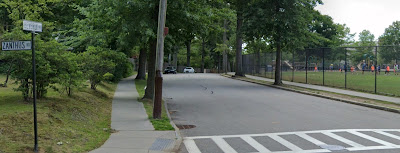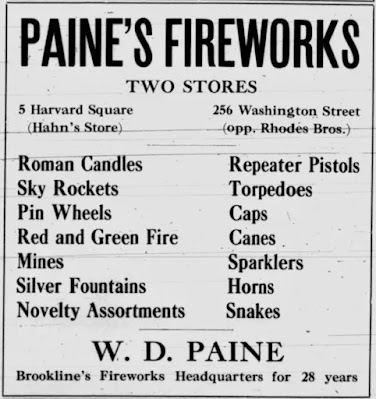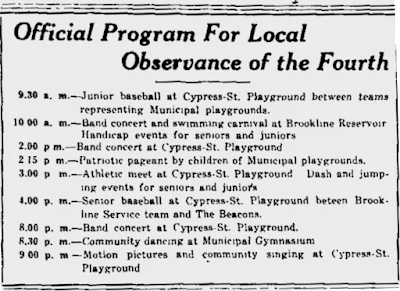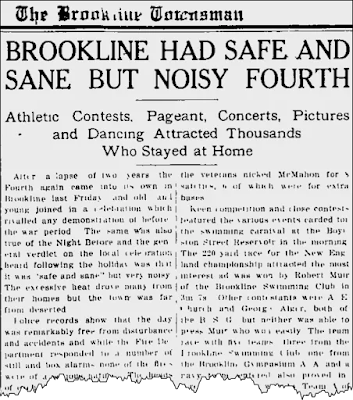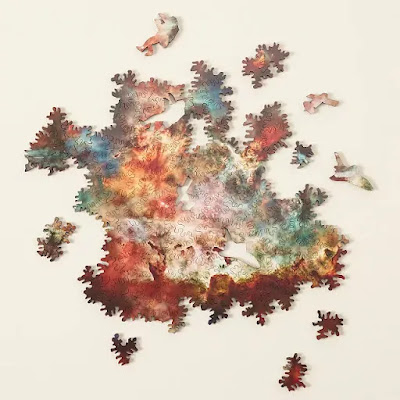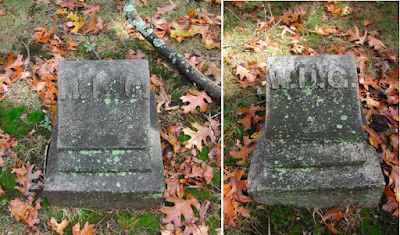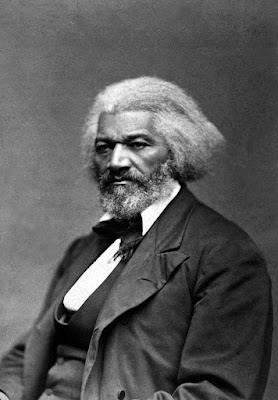Kudos to the editors of the Sagamore, the Brookline High School newspaper whose hard work has led to an important decision about the paper's name. After extensive research, discussion, and thought, the editors announced yesterday that they will change the name of the nearly 130-year-old publication.
"We have decided [they wrote] to change the name of the newspaper out of respect for Indigenous peoples. Continuing to use the name actively disregards the meaning of the word and the history that surrounds it, thereby harming Indigenous communities."
 |
| 1930s version of the Sagamore banner |
The article announcing the decision notes the editors' conversations with Faries Gray, the current leader, or Sagamore, of the Massachusetts tribe, from which the name is derived. It also cites information I shared with a former editor of the paper in 2021. I was pleased to see that the information I provided was, according to the editors, a "turning point" in their deliberations.
The paper's article, though rich in detail, didn't go into all of the background I shared with the editors, so I thought I would provide a little more of what I found. I've also been able to find some additional information, thanks to the recent digitization of Brookline newspapers by the Public Library of Brookline.)
The word “Sagamore,” used by Indigenous peoples of New England to describe a leader of a group or tribe, became popular in the late 19th and early 20th centuries, in New England and elsewhere, as a name for many kinds of things..
I found references to several ships, at least two hotels, an office building, a mill, and other things named Sagamore. Teddy Roosevelt, in 1886, named his estate on Long island, New York, Sagamore Hill.
 |
| Examples of things named "Sagamore" in the late 19th and early 20th centuries. Top to bottom and left to right: The Sagamore Hotel in the Adirondacks; the S.S. Sagamore cargo ship; young workers known as "mill boys" at the Sagamore Mills textile factory in Fall River; advertisement for a business in the Sagamore Building in Lynn; and Teddy Roosevelt and his family at their Sagamore Hill estate. (Click image for a larger view) |
It's possible that the students, in choosing that name, were just following a trend. An article in the Boston Journal newspaper announcing the new Brookline High School publication said "The name given the new magazine is 'The Sagamore,' which has an historical romance attached to it."
But there may also have been a more direct connection which, if not the actual reason the name was chosen, may have contributed to it being on the minds of the students who produced the new publication.
At that time, the title "Sagamore" was also used as the name of certain officers of a fraternal organization called the Improved Order of Red Men. (The top officer went by another native title: Sachem.) This was an organization, like the Freemasons, the Elks, the Foresters, the Hibernians, and others that engaged in charitable works and other activities and generally adopted different symbols, costumes, customs, terms, and regalia.
In the case of the "Red Men," these were all drawn from Native American history, or at least what the white men who were the members thought were from Native American history. (The organization was supposedly inspired by the men who dressed as Native Americans when dumping British tea in Boston Harbor during the Boston Tea Party.)
A Brookline "tribe" of the Improved Order of Redmen was formed in 1889. The local newspaper article announcing this listed the officers, including the Sachem, the Senior Sagamore, and the Junior Sagamore. Also listed, as the Assistant Chief of Records, was C.A. Spencer.
This is Charles A.W. Spencer, publisher of the Brookline Chronicle. His son, Arthur Spencer, was the first editor-in-chief of the Sagamore.
 |
| May 1889 article in the Brookline Chronicle announcing the formation of a Brookline "tribe" of the Improved Order of Red Men. |
It's not certain that the name was chosen specifically because of the association with the "Red Men"; the Brookline "tribe" didn't last long, disbanding in 1891, 3+ years before the founding of the Sagamore. (The Brookline branch of another, longer-lasting, fraternal organization named the Royal Arcanum called its local branch the Sagamore Council.)
But it seems reasonable to believe that Arthur was perhaps more aware of the word than other people because of his father's involvement with the order.
The Chronicle, upon formation of the Brookline branch in 1889 quipped that "There is no occasion for public alarm because a band of Red Men has captured the town. Many people will be content to call the new institution an Improved Order of White Men." This was not a criticism; remember that the paper's publisher was a member. (Membership in the organization nationally was open to white men only until 1974.)
The Improved Order of Red Men still exists today, though it is much smaller in number of members and number of states represented. The organization still uses "Sagamore" and other Indigenous terms. There are seven branches, or "tribes" in Massachusetts listed on the website.
According to a press release from the Public Schools of Brookline, the newspaper will select a new name through a town-wide contest, where community members can submit name suggestions. Both the editors of the paper and Sagamore Gray of the Massachusetts Tribe of Ponkapoag said the name change was both the right thing to do an an opportunity to educate people about the history and the continued presence of Indigenous people,
“You’re not just changing a name," said Gray, "you’re changing minds."





